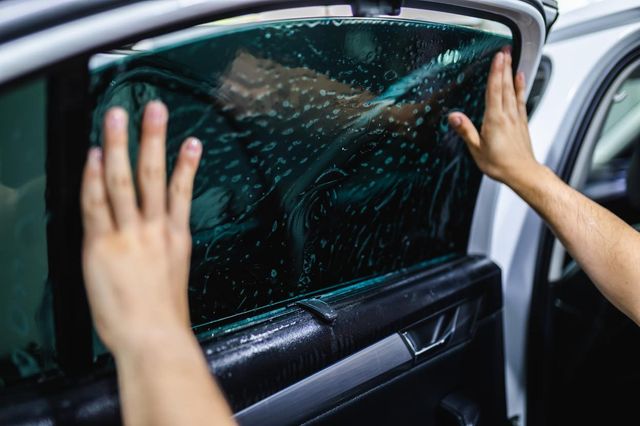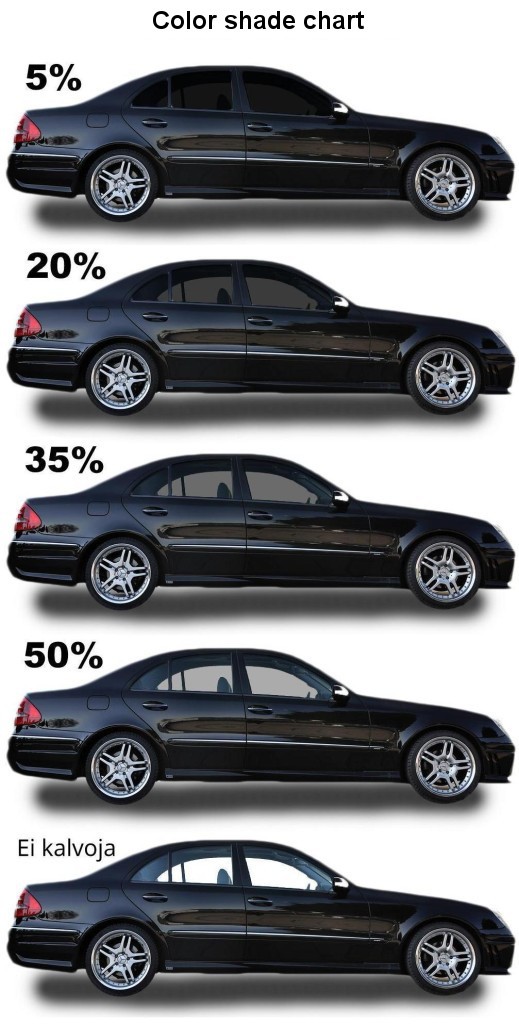Premier Automobile Window Tinting Providers in Your Area
Wiki Article
Window Tinting Rules and Standards: What You Required to Know Prior To Tinting Your Automobile
Before proceeding with window tinting for your car, it is necessary to familiarize yourself with the diverse regulations and standards that govern this method throughout different states. These guidelines determine the allowable levels of tint darkness, typically measured by visible light transmission (VLT) percents, and consist of details stipulations for front windscreens aimed at making sure road safety. Additionally, particular jurisdictions might offer clinical exemptions for people with qualifying conditions. Recognizing these intricacies can save you from potential lawful ramifications, yet what are the specific rules in your state?Overview of Window Tinting Laws
Window tinting legislations are regularly subject to variant throughout various jurisdictions, mirroring neighborhood laws and safety considerations. These regulations dictate the acceptable levels of color darkness and reflectiveness on automobile windows, making certain that chauffeurs keep ample exposure while likewise shielding versus dangerous UV rays and warm.Most policies classify window tinting based on the Visible Light Transmission (VLT) portion, which suggests the quantity of light that can pass with the home window. Generally, reduced VLT portions represent darker colors. Legislations often distinguish in between the front, side, and rear windows, with stricter limitations applied to the front windscreen to boost security for both the vehicle driver and other roadway users.
Additionally, some jurisdictions impose limitations on the reflectivity of the color, protecting against too much glare that could hinder exposure. Exceptions to these legislations may exist for people with particular clinical problems requiring added sun protection. Compliance with window tinting policies is critical, as offenses can result in fines, compulsory removal of the tint, and potential boosts in insurance coverage premiums. As a result, it is crucial for vehicle owners to familiarize themselves with neighborhood laws before waging window tinting setups.
State-by-State Tint Laws
Understanding the specific window tinting regulations in each state is important for lorry proprietors looking for to follow the regulation. Each state in the U.S. has actually developed its own collection of policies governing home window tinting, which can vary substantially. These regulations usually determine the permitted levels of color darkness, the types of windows that can be tinted, and any clinical exceptions that may apply.For instance, states like California have rigid limitations on color darkness for front windows, while others, such as New Mexico, might enable darker tints. Furthermore, certain states mandate details presence portions for various windows, including the windscreen, front side home windows, and rear home windows. It is critical for automobile owners to acquaint themselves with their state's legislations to prevent potential penalties or penalties.
Furthermore, some states may call for a certification sticker label to be put on tinted home windows, indicating conformity with state regulations. Failure to stick to these guidelines not only runs the risk of lawful repercussions yet can likewise affect security and presence while driving. Automobile proprietors must conduct thorough research or speak with local authorities to ensure full understanding and conformity with state-by-state tint regulations.
Allowed Color Types and degrees
Several vehicle owners may be amazed to learn that permitted tint levels and kinds vary commonly across different states. Each state has actually developed its very own guidelines pertaining to the acceptable darkness and reflectivity of window tint, commonly measured by Visible Light Transmission (VLT) portions. VLT refers to the amount of light that can travel through the colored windows; therefore, a reduced percentage indicates a darker color.
Furthermore, the kinds of color products enabled can differ, with some states banning metallic or mirror-like surfaces. It is vital for lorry proprietors to acquaint themselves with their state's certain regulations to make certain compliance. Non-compliance can cause fines, obligatory removal of the tint, or other lawful consequences, making it imperative to comprehend these regulations prior to waging setup.
Medical Exemptions for Tinting
While not all states offer allowances for clinical exemptions regarding window tinting, those that do acknowledge the necessity for certain people to enhance exposure and comfort as a result of medical conditions. Various clinical conditions, such as lupus, skin cancer, and specific eye conditions, can provide people especially delicate to sunshine. These people may require darker tints to safeguard themselves from damaging UV rays and glare.
It is vital to note that despite a clinical exception, there view it might still be restrictions on the degree of tint allowed. Compliance with state laws makes certain that individuals are both secured and within legal limitations. Those thinking about medical exemptions must contact their neighborhood Division of Electric motor Autos or equivalent authority to recognize the treatments and needs needed to obtain an exemption efficiently.
Charges for Non-Compliance
Stopping working to follow home window tinting regulations can cause substantial charges, which differ by state. Regulation enforcement companies are encouraged to issue citations for vehicles that do not stick to the specified tinting guidelines. These fines commonly include penalties, which can vary from small total up to several hundred dollars, depending on the intensity of the offense and the state concerned.In some territories, duplicated offenses might cause rising penalties or added fines, such as required court looks. In addition, non-compliance might demand the elimination of More Bonuses prohibited tinting, commonly at the owner's expense. In severe situations, habitual culprits may face suspension of their lorry enrollment till conformity is accomplished.
Additionally, insurance implications might emerge from getting several citations for window color offenses. Insurance companies might see such infractions as an indicator of riskier actions, potentially bring about boosted premiums or difficulty in insurance coverage.
To prevent these fines, it is crucial for automobile owners to familiarize themselves with their local window tinting legislations and make certain that their automobile complies (Window Tinting). This aggressive technique not only avoids legal ramifications but also promotes roadway safety
Final Thought

A lot of regulations categorize home window tinting based on the Visible Light Transmission (VLT) percent, which suggests the amount of light that can pass with the home window. Compliance with home window tinting regulations is critical, as violations can result in penalties, obligatory elimination of the color, and potential boosts in insurance policy premiums.Comprehending the particular home window tinting laws in each state is important for automobile proprietors seeking to comply with the legislation. These laws frequently determine the allowed degrees of tint darkness, the types of windows that can be tinted, and any kind of clinical exceptions that may use.
For circumstances, states like California have rigid constraints on tint darkness for front windows, while others, such as New Mexico, may enable darker tints.
Report this wiki page